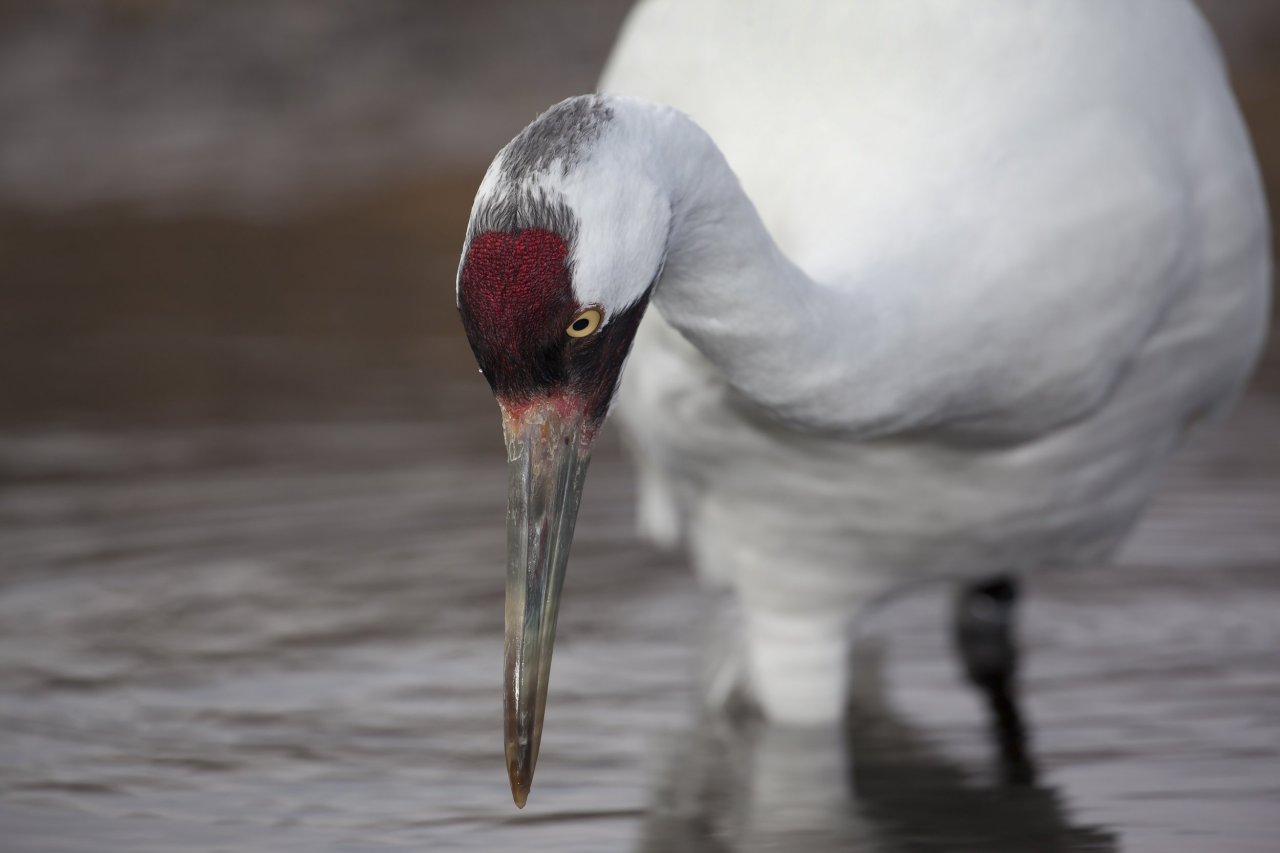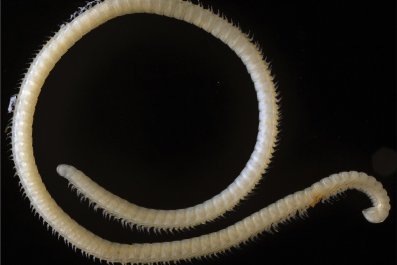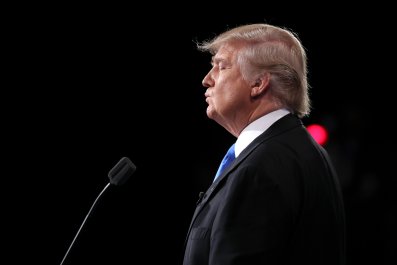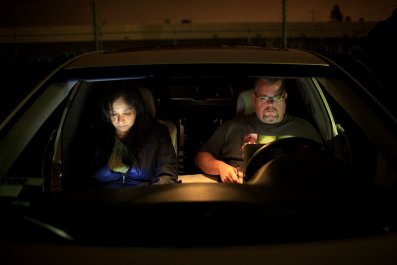A Texas judge has sentenced a 19-year-old man to five years probation for shooting and killing two endangered whooping cranes on Oct. 25.
The case is a rare example of a successful prosecution under the Endangered Species Act, which among other things, bans the killing of an endangered animal, and punishes perpetrators with up to a year in prison and as much as a $50,000 in fines for each animal.
The Texas man, Trey Joseph Frederick, admitted to shooting two whooping cranes in January with a rifle near the Louisiana border, according to court documents. U.S. Magistrate Judge Zack Hawthorn, from the Eastern District of Texas, also revoked Frederick's hunting license and access to firearms for the next five years. The sentence includes 200 hours of community service—the most the court has ever issued—and a fine of $25,810, to be split between Texas Parks and Wildlife Foundation and the International Crane Foundation, an organization that raises the animals and releases them into the wild.
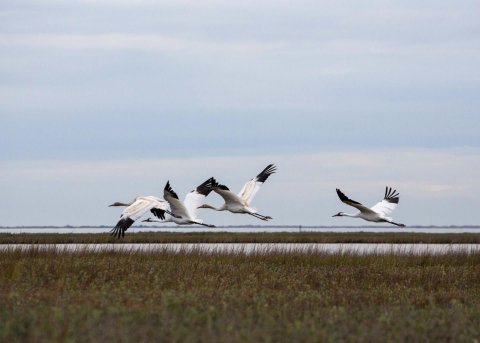
Whooping cranes, striking white-and-black birds that stand 5 feet tall, almost went extinct in the 1940s when their population dwindled to 20. Since then, efforts by the International Crane Foundation to captively raise young and introduce them to the wild has increased their numbers to about 450, but the animals continue to be hunted in alarming numbers. According to the organization, nearly one in five whooping cranes in the eastern population whose cause of death could be determined had been shot. And in the past five years, more than 20 "whoopers" have been gunned down throughout the country. The perpetrators are very rarely found.
Liz Smith, the Texas program director of the crane foundation, says the organization was relatively happy with the verdict. It sends the message that "if you don't obey the law, that you're not going to be able to have the privilege of hunting." However, she says, the organization were somewhat disappointed that the fine wasn't higher. The foundation spends more than $110,000 to raise a single bird and release it into the wild in Louisiana, where the two cranes that Frederick shot originated. Smith says the verdict also helps to raise awareness about the plight of the whooping cranes.
"The loss of these cranes is not simply a loss for the species," said Southwest Region Special Agent in Charge Nicholas Chavez of the U.S. Fish and Wildlife Service, according to local news outlet KFDM. "It is a loss for the community, for taxpayers and for future generations deprived of an opportunity to see these magnificent birds thriving in the wild."
This is only the second time that someone has been prosecuted under the Endangered Species Act for killing a whooping crane. In the previous case, in 2012, a South Dakota man was fined $85,000, sentenced to 30 days in jail, given two years of probation, had his hunting privileges revoked for two years and given community service.
Frederick's killing of the cranes was originally reported by hunters, and reportedly outraged the local hunting community.
Ducks Unlimited, a conservation organization that supports lawful hunting, wrote in an emailed statement that "individuals who knowingly violate America's wildlife laws may be called poachers, thieves or lawbreakers, but they should never be called hunters. An essential responsibility of being a hunter is respecting wildlife...and unequivocally abiding by wildlife laws and regulations."
Several hunters, discussing the case in the Texas Hunting Forum, say they feel Frederick, got off easy. "He may be [young] but he's an adult and an experienced hunter," wrote one. "If he's willing to knowingly kill a protected bird and brag about it, he's not fit to hunt or possess a firearm."




